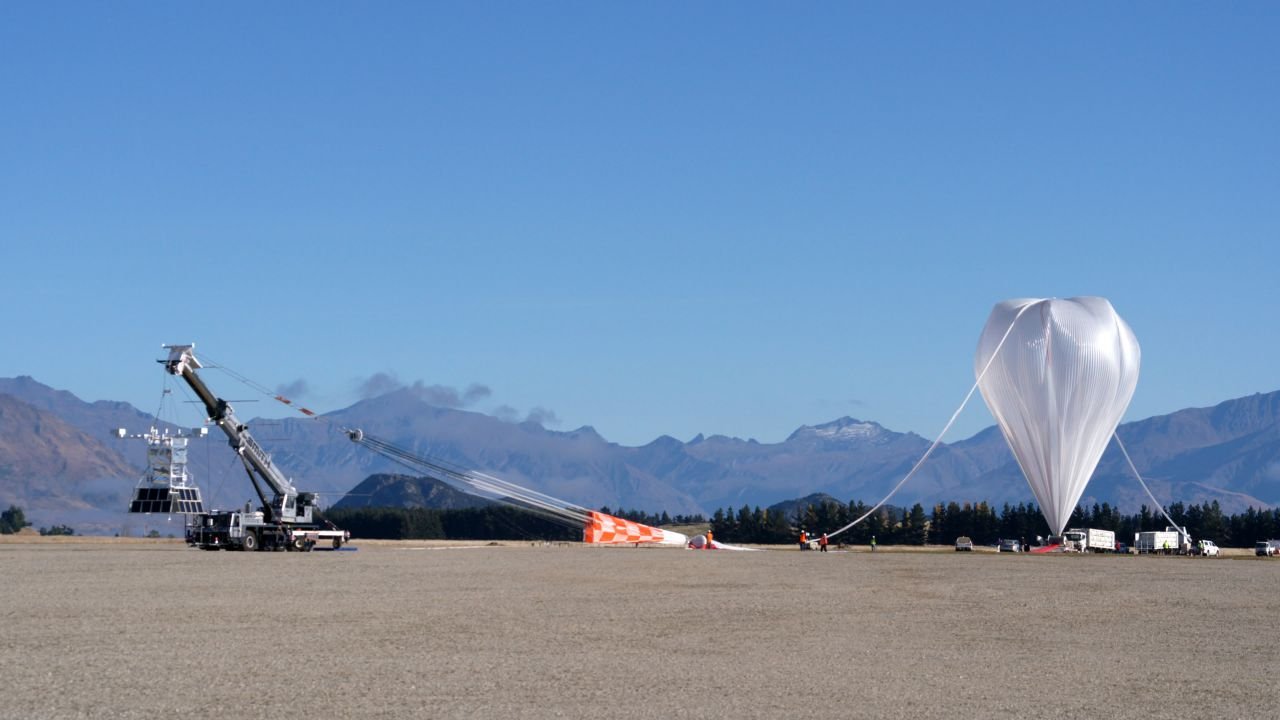NASA successfully launched its super-size balloon filled with helium from the Wanaka airport in New Zealand. The balloon is on a mission that will see it run for more than 100 days around the Southern hemisphere while rotating at 110,000 feet. The launch marks the third year the space agency has launched a balloon from the airport, the first one hang taken place in 2015 achieving 32 days of flight.
NASA Super Balloon
The balloon left the ground at 10:50 am on Tuesday beating previous seven attempts that failed because of unfavorable winds. The space agency has already unveiled a link where interested people can track the location of the balloon in real time.
The Stadium sized pressure balloon is made from polyethylene film that is much stronger and durable. Researchers also attached a poppy on the balloon to commemorate Anzac day. Inside the balloon is the University of Chicago Extreme Universe Space Observatory that will play a key role in the detection of cosmic rays from the galaxy. As the balloon moves around the earth, it might be possible to see it from the ground especially during sunrise and sunset.
Mission Objective
The main objective of the mission according to the balloon program chief, Debbie Fairbrother, is putting to test the balloons technology with a view of refining it; if possible, The International Extreme Universe Space Observatory on a Super Pressure Balloon is also hoping to use the mission to detect high-energy commission rays from beyond the Galaxy.
Chicago University professor, Angela V Olinto, says they will use the opportunity to search for energetic cosmic particles known to penetrate the earth surface.
“The origin of these particles is a great mystery that our pioneering mission will help to solve. Do they come from massive black holes at the center of galaxies? Tiny, fast-spinning pulsars? Alternatively, somewhere else?” said Madam Olinto.
NASA low-cost lift balloons have become important space vehicles researchers looking to validate various technologies under study as well as science instruments. If successful on the latest, mission EUSO-SPB plans to launch the low-cost balloon to a higher altitude with a view of studying a greater atmospheric area.


















